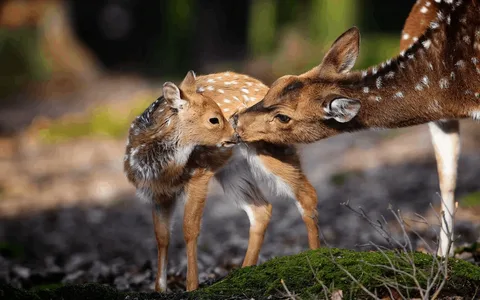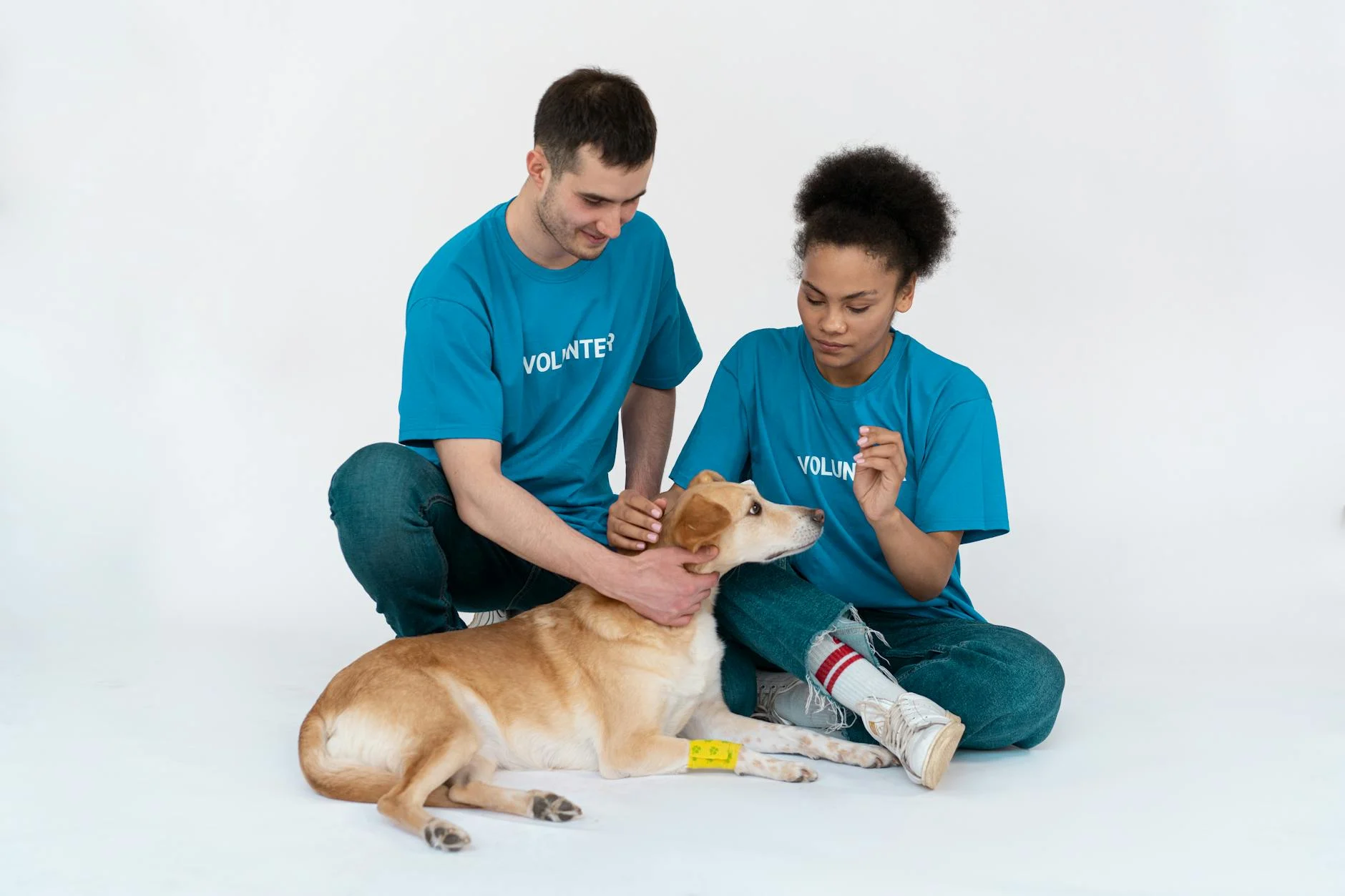Have you ever dreamed of Adopt a Wildlife Animal or having a wild animal as a companion? The allure of caring for a majestic eagle, a playful fox, or an adorable koala is undeniable. But adopting wildlife isn’t just about fulfilling a childhood fantasy – it’s a serious commitment that requires careful consideration and preparation. While the idea of nurturing a wild creature may seem exciting, it comes with unique challenges and responsibilities. From understanding legal requirements to providing specialized care, wildlife adoption is a journey that demands dedication, knowledge, and a deep respect for nature. But for those who are up to the task, it can be an incredibly rewarding experience. In this comprehensive guide, we’ll explore the ins and outs of wildlife adoption and care. We’ll delve into the essentials of preparing for adoption, selecting the right animal, and implementing crucial care practices. We’ll also cover important safety measures, legal responsibilities, and the long-term commitment required to ensure your wild companion thrives. Ready to embark on this wild adventure? Let’s dive in!

Preparing for Wildlife Adoption
-
Permits and licenses required Species-specific restrictions International and local wildlife protection laws
Legal Aspect Description Permits Often required for keeping wildlife; varies by species Restrictions Some species may be prohibited for adoption Protection Laws Ensure compliance with wildlife protection regulations
B. Differences between adoption and rehabilitation It’s important to distinguish between wildlife adoption and rehabilitation:
-
Rehabilitation: Temporary care for injured or orphaned animals with the goal of releasing them back into the wild Adoption: Long-term care for animals that cannot be released, often in sanctuaries or specialized facilities
C. Ethical implications Adopting wildlife animals raises several ethical considerations:
-
Impact on animal welfare Conservation efforts Public perception and education
When considering wildlife adoption, it’s crucial to weigh these ethical implications carefully. While adopting endangered species like pandas or tigers might seem appealing, it’s often more beneficial to support conservation efforts through legitimate organizations rather than attempting to keep these animals as pets. Now that we’ve covered the foundational aspects of wildlife adoption, let’s explore how to prepare for this unique responsibility.
Preparing for Wildlife Adoption Now that you understand the basics of wildlife adoption, let’s dive into the essential preparations you’ll need to make before bringing your new animal companion home.
A. Costs involved Adopting a wildlife animal can be a significant financial commitment. Here’s a breakdown of potential expenses: Expense Category Estimated Cost Range Adoption Fee$50 – $1000+Initial Setup$200 – $5000+Annual Care$500 – $10000+Remember, these costs can vary greatly depending on the species you choose to adopt.
B. Finding a reputable wildlife adoption center To ensure the well-being of both you and the animal, it’s crucial to work with a reputable adoption center. Consider the following when selecting a center:
Wildlife adoption is a noble endeavor that requires careful consideration and preparation. From understanding the process to selecting the right animal and providing essential care, adopting wildlife demands dedication and responsibility. Safety measures and legal compliance are crucial aspects that cannot be overlooked, ensuring the well-being of both the animal and its human caretakers. Before embarking on this journey, remember that wildlife adoption is a long-term commitment. These animals require specialized care, attention, and resources throughout their lives. By educating yourself, creating a suitable environment, and staying committed to their welfare, you can provide a loving home for a wildlife animals while contributing to conservation efforts. If you’re ready for the challenge and rewards of wildlife adoption, take the first step by contacting local wildlife rehabilitation centers or sanctuaries to explore your options and make a positive impact on an animal’s life.










